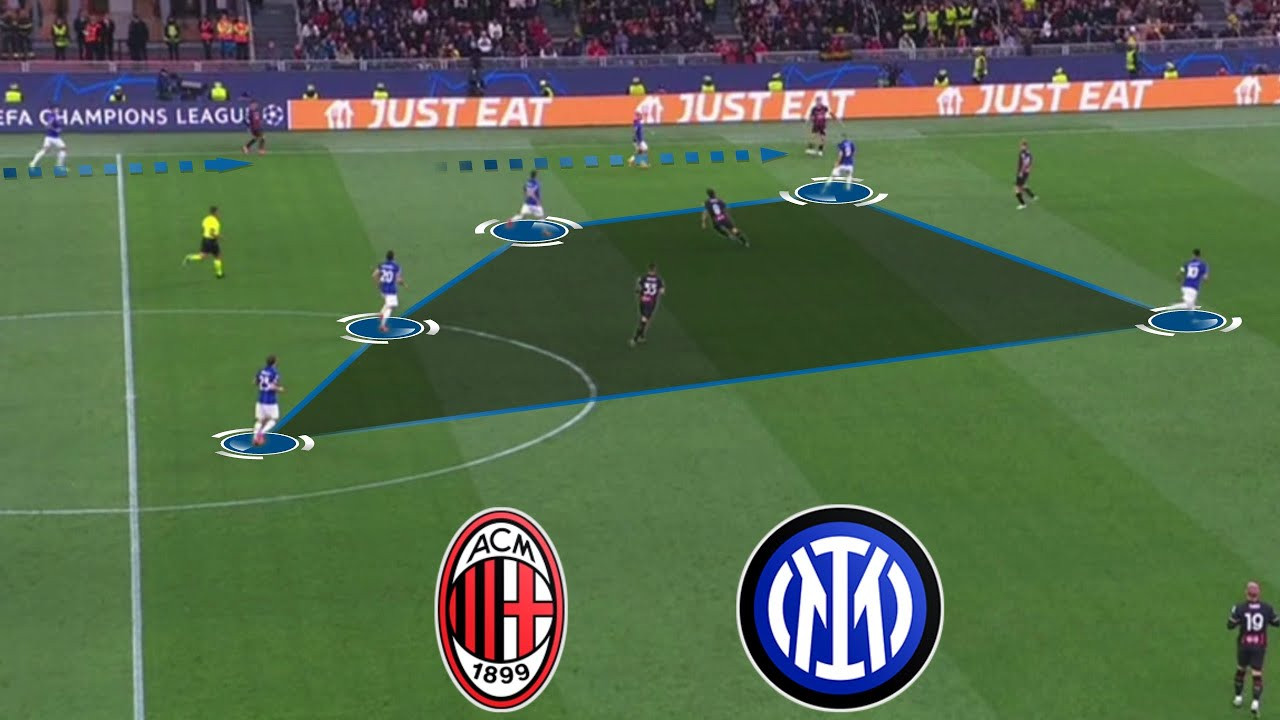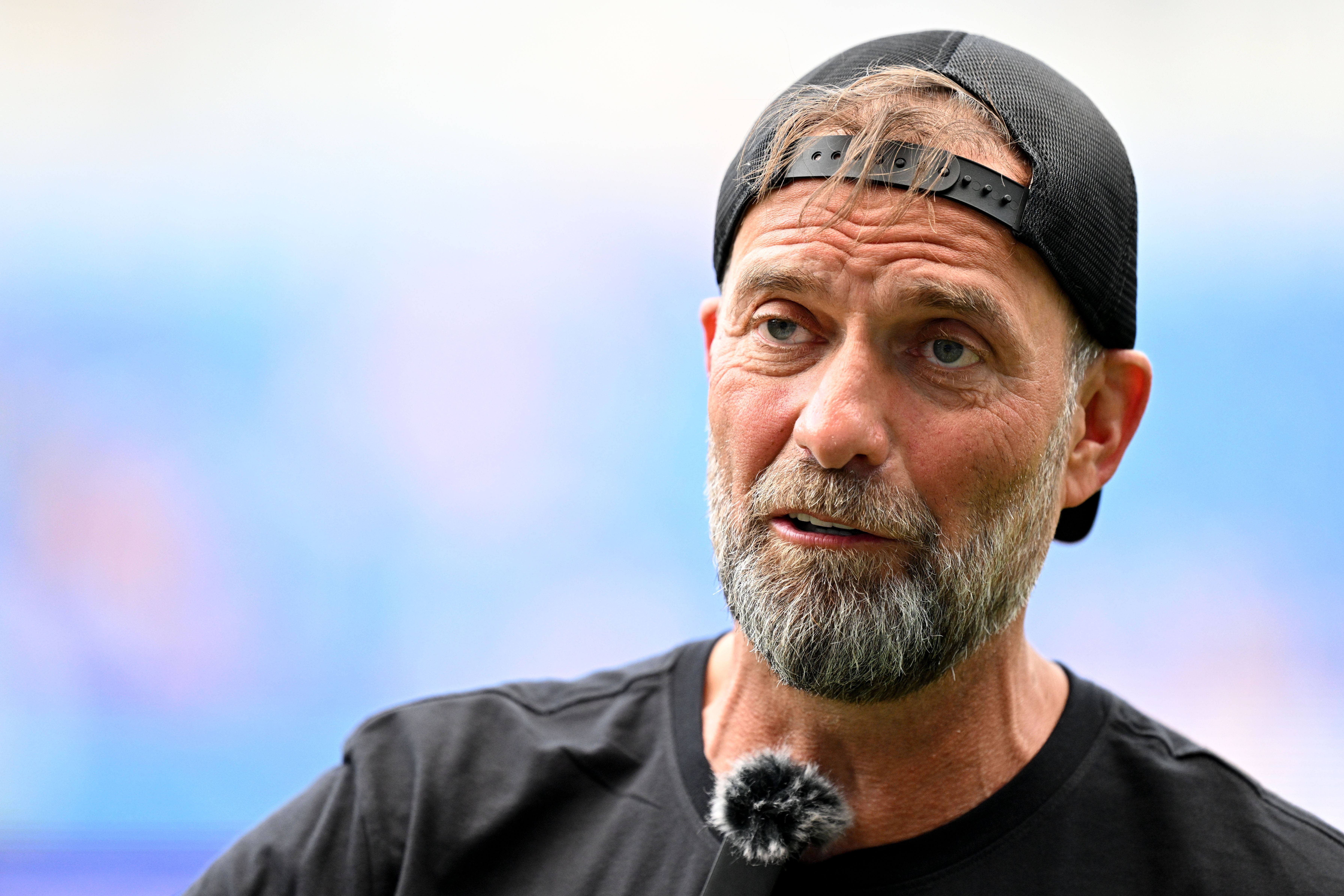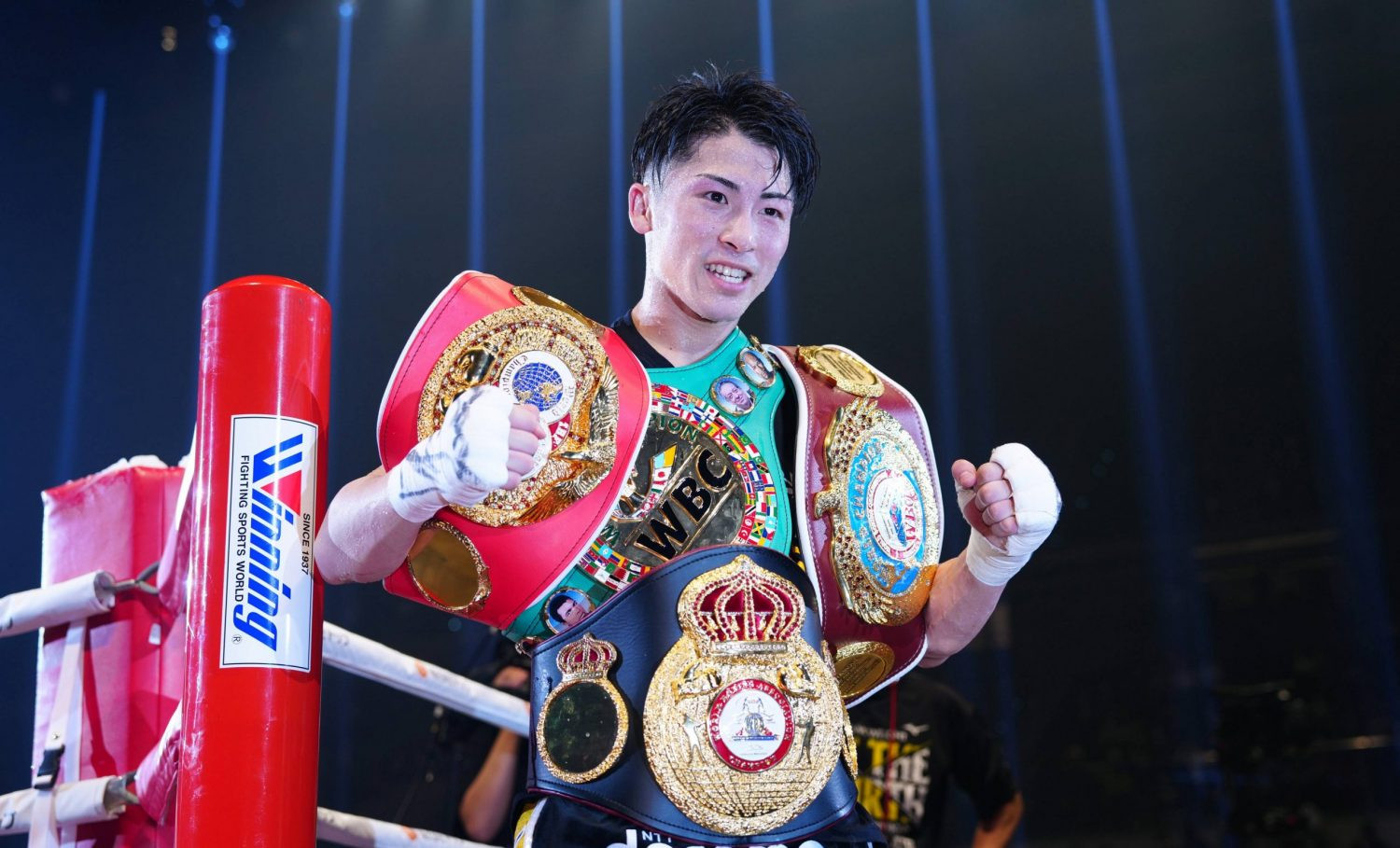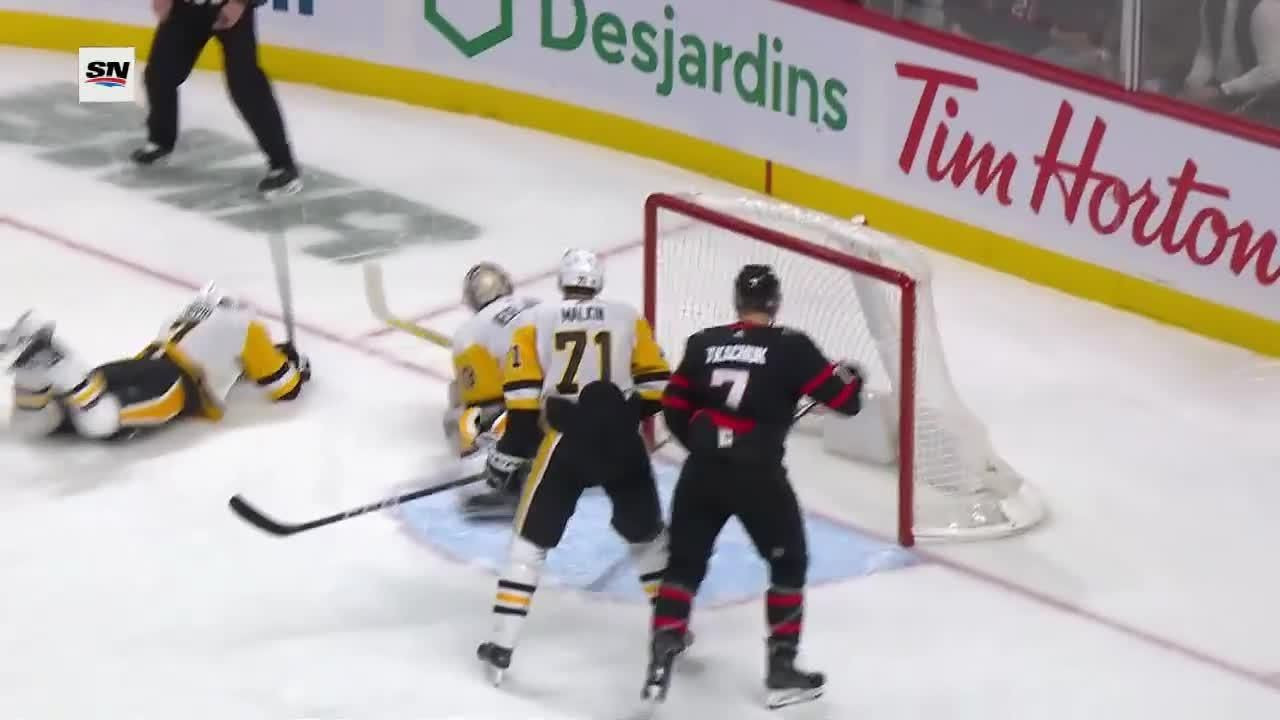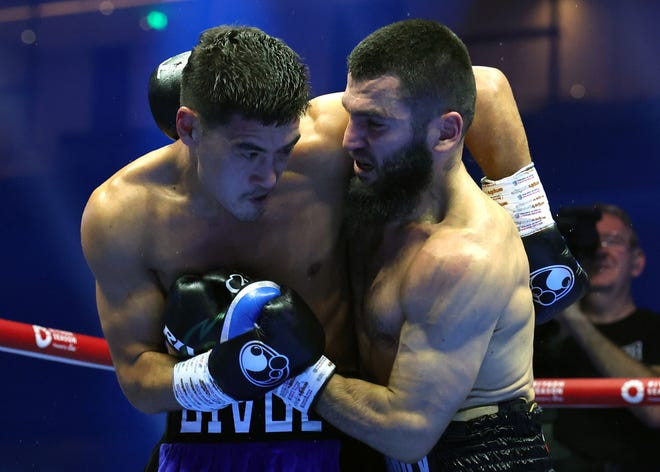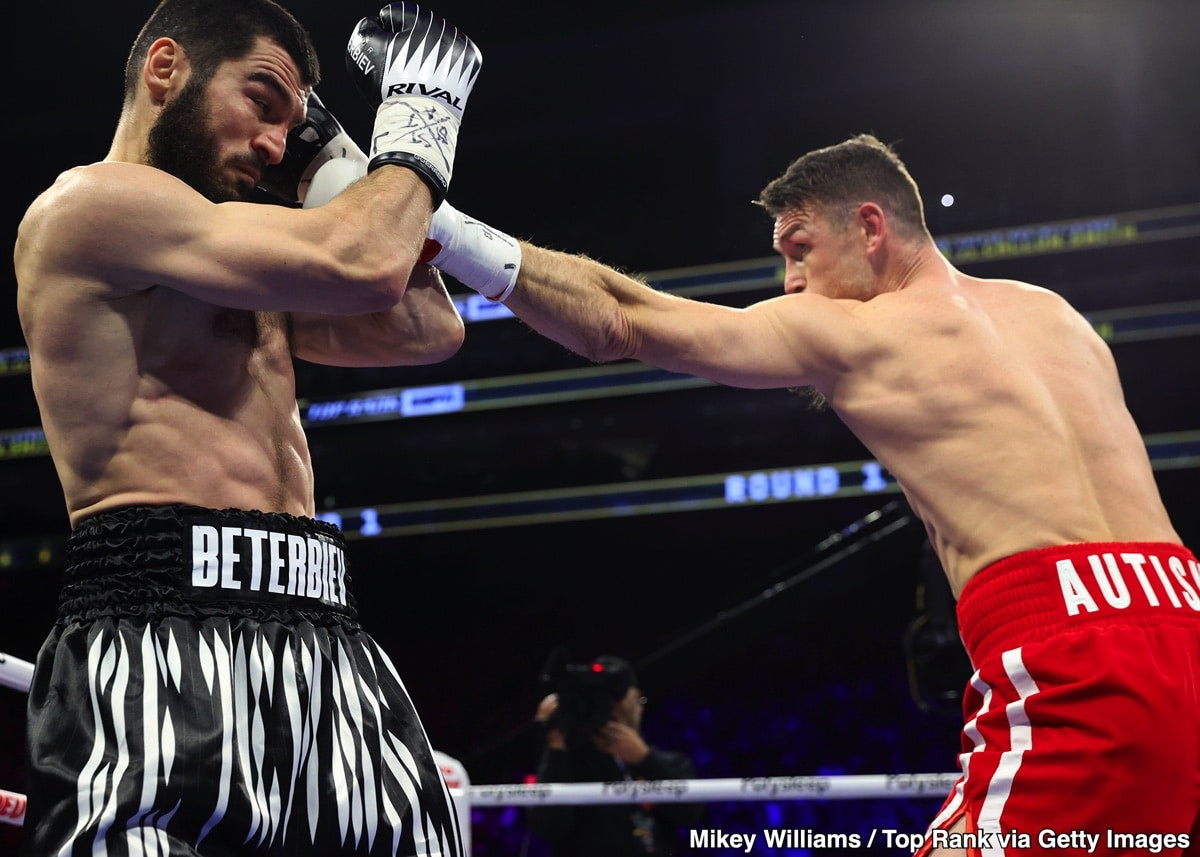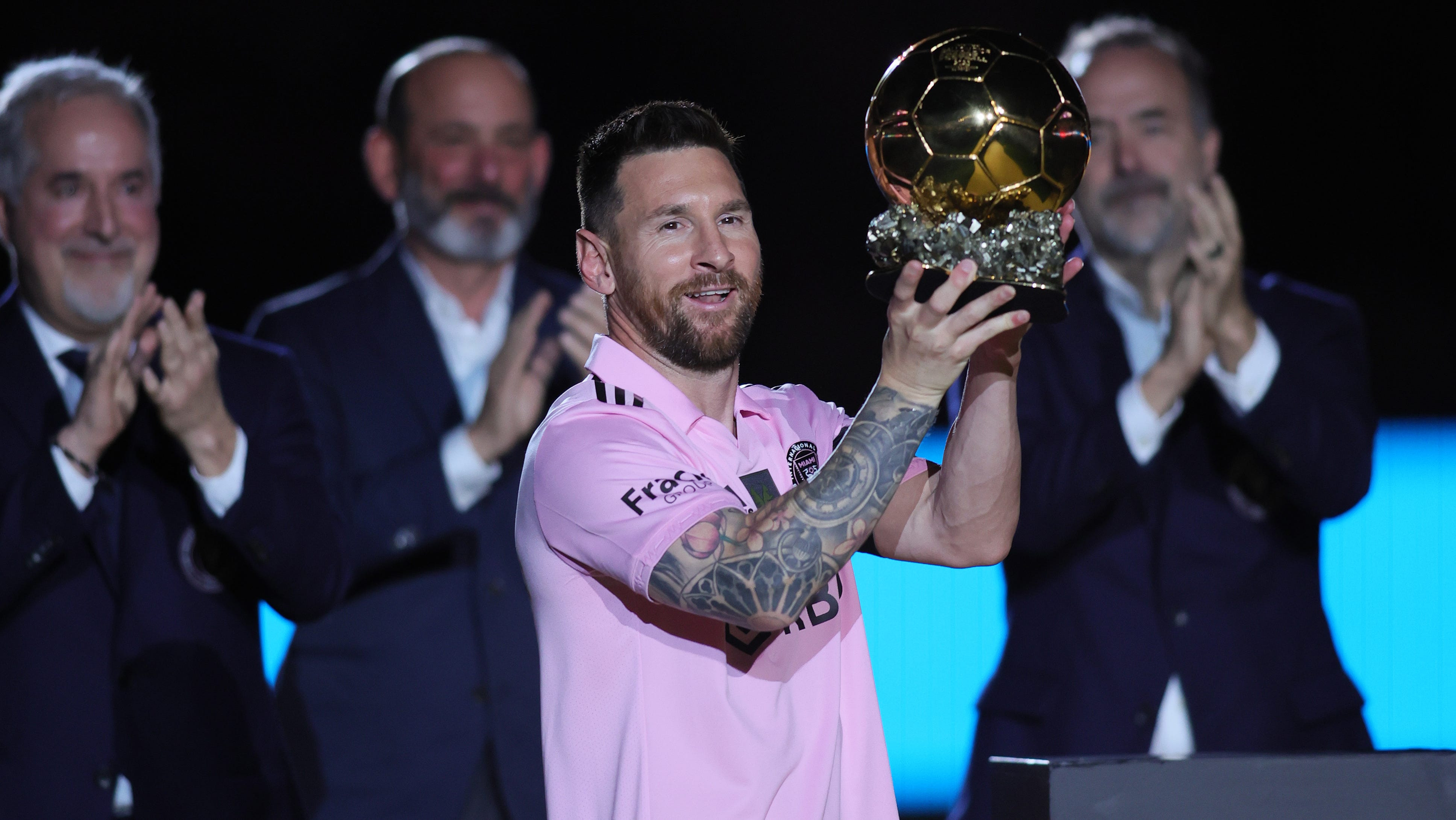AC Milan's Comeback Mission
AC Milan welcomes Feyenoord to the San Siro for the second leg of their UEFA Champions League playoff. The Rossoneri are facing a daunting task: overturning a 1-0 deficit from the first leg, a match where Igor Paixao's early goal, coupled with a Mike Maignan error, set the tone for a frustrating night. This pivotal encounter, with a potential Round of 16 clash against city rivals Inter looming, demands a significant improvement from the Italian giants. The pressure is high, the stakes are even higher.
Tactical Tweaks and Team Selection
Sergio Conceicao, AC Milan's manager, is expected to make substantial changes from the starting XI that took the field in Rotterdam. The initial attempt to field the “Big Four” – Rafael Leao, Christian Pulisic, Joao Felix, and Santiago Gimenez – simultaneously proved unsuccessful in the first leg. Leao, consequently, is predicted to start from the bench on Tuesday. The predicted lineup showcases a more balanced approach, potentially addressing the midfield vulnerabilities exposed in the first encounter.
Midfield Adjustments
The midfield is a key area of focus, with Yunus Musah and Tijjani Reijnders expected to form the double pivot, giving Youssouf Fofana a rest. This alteration aims to provide improved defensive solidity and creative impetus in the middle of the park, countering Feyenoord's anticipated pressing strategy.
Feyenoord's Challenges
Meanwhile, Feyenoord arrives in Milan with its own set of challenges. Key players like Ayase Ueda and Quinten Timber remain doubtful for the match due to injuries sustained in their domestic league game. Their absences weaken the Dutch side's offensive and defensive lines, potentially creating opportunities for Milan to exploit.
The Match Preview and Predictions
The initial 1-0 loss necessitates a determined performance from AC Milan. They need at least two goals to secure progression to the next round. Several analysts predict a 2-0 victory for the Rossoneri, fueled by their home advantage and anticipated tactical adjustments. However, Feyenoord's resilience and ability to frustrate opponents cannot be overlooked; hence the match is primed for an enthralling encounter. The match is a high stakes Champions League clash.
Post-Match Analysis: A Night of Highs and Lows
The match kicked off with AC Milan showcasing a vastly improved attitude and a flurry of early attacks. An early goal gave the home team a much-needed boost, momentarily shifting the momentum. However, Theo Hernandez’s needless yellow card, compounded by a later red card, dramatically altered the game's trajectory. The Rossoneri's attacking prowess, while apparent in their offensive bursts, was often marred by poor finishing, highlighting a persistent weakness. The midfield, despite the initial promise, struggled to control the flow against Feyenoord's defensive compactness, leaving the backline exposed. Ultimately, the match ended in a tense draw, forcing the tie into extra time where Milan eventually secured a place in the next round.
Despite the victory, concerns remain. The team's tendency to be wasteful in front of the goal, along with the defensive lapses and rash challenges which led to cards, needs to be addressed. The reliance on individual brilliance rather than cohesive team play continues to be a point of concern for many. Conceicao's tactical decisions, particularly concerning substitutions, also sparked considerable debate amongst fans and analysts alike. The path to Champions League glory remains paved with challenges that Milan must navigate effectively.
The performance, despite the eventual victory, raises questions about AC Milan's long-term tactical strategy and squad depth. The absence of key players and the team's reliance on individual moments of brilliance are vulnerabilities that could easily be exposed by stronger teams in the later rounds of the Champions League.
The overall result is a testament to AC Milan's never-say-die attitude, but also underlines the need for strategic and personnel improvements to ensure sustained success at the highest level. The road ahead is long but hopeful, depending largely on whether these shortcomings can be decisively rectified. The journey continues.




